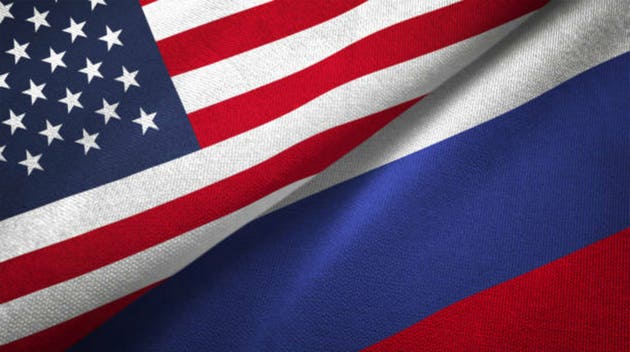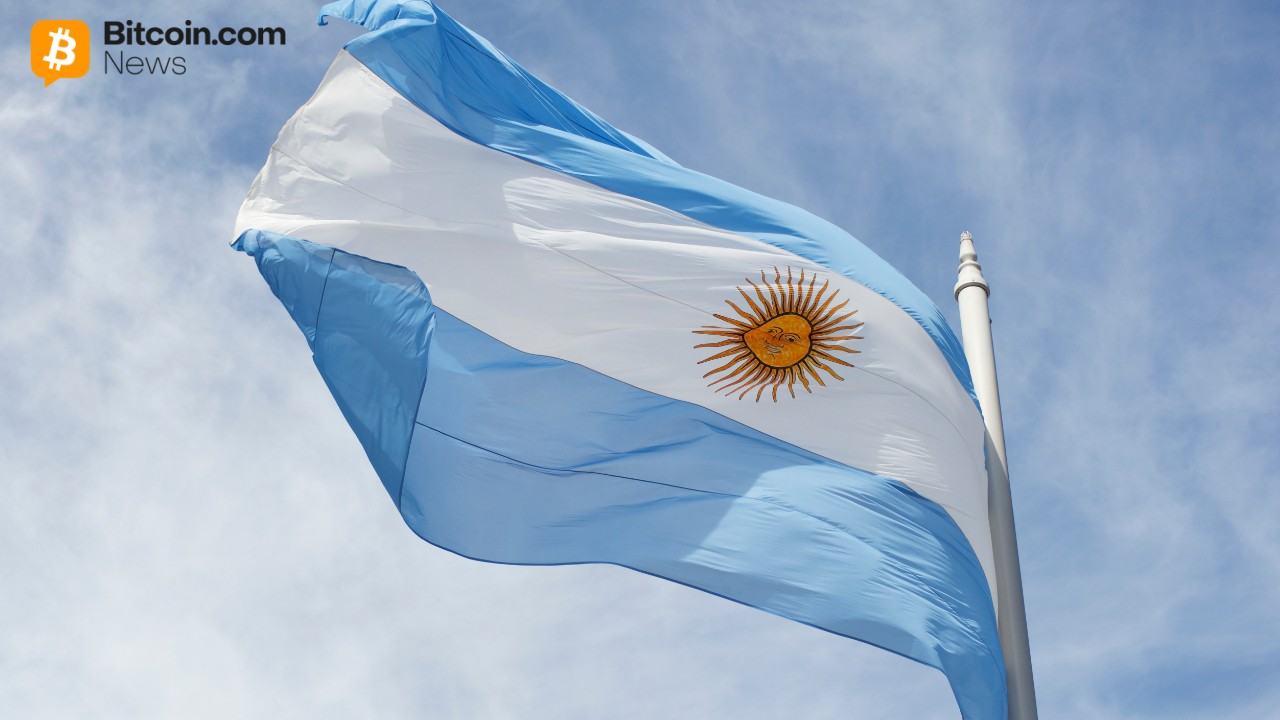The transatlantic slave trade has long been associated with the mass kidnapping of Africans to the Americas, but an often-overlooked chapter in this history is the enslavement and forced exile of Native Americans to the Caribbean. Among the destinations for these indigenous captives was Jamaica, a British colony central to the imperial sugar economy. During the 17th and 18th centuries, Native American prisoners—primarily captured in colonial wars in New England and the Southeastern colonies—were transported to Jamaica as slaves. Though numerically fewer than their African counterparts, their story is no less tragic or significant.
The enslavement of Native Americans was a widespread and legally sanctioned practice in the early British colonies. As historian Alan Gallay explains in Indian Slavery in Colonial America, Indian slavery was a typical feature of society rather than an anomaly in the 17th-century British mainland colonies. Colonists in places like Massachusetts, South Carolina, and Virginia waged wars against indigenous nations and often rewarded themselves with captives who were either kept as slaves or sold into foreign markets.
One of the first major examples of Native American enslavement and exportation occurred during and after King Philip’s War (1675-1676), a bloody conflict between indigenous tribes of southern New England and English colonists. When the war ended in colonial victory, hundreds of Native Americans—many of them non-combatants—were rounded up and sold into slavery in the Caribbean, particularly in Jamaica and Bermuda.
According to Andrés Reséndez, in his Pulitzer-nominated work The Other Slavery, early settlers deliberately pursued a policy of ethnic cleansing. Native American men were executed or sold, while women and children were deemed fit for export. One of the most well-documented cases is that of Metacomet’s (King Philip’s) wife and son, who were sold into slavery in the West Indies—a decision that shocked even some contemporary English missionaries like John Eliot, who pleaded in vain for the child’s freedom.
Plymouth Colony’s official records reveal the logic of the colonial authorities. They were eager to rid the colony of perceived threats while also profiting from the slave trade. These captives were shipped from ports like Boston and Newport aboard merchant vessels that trafficked both indigenous and African slaves. While some were bound for Barbados, Jamaica emerged as another key destination.
By the late 17th century, Jamaica had become one of the British Empire’s most valuable colonies. The island’s plantation economy, particularly sugar, depended heavily on slave labor. After the English wrested control of Jamaica from the Spanish in 1655, planters sought to build up their labor force as rapidly as possible. While African slaves were the mainstay, there was also a steady—if smaller—supply of enslaved indigenous people, particularly from North America.
As Peter H. Wood documents in Black Majority: Negroes in Colonial South Carolina from 1670 through the Stono Rebellion, South Carolina became a major exporter of enslaved Native Americans during the late 1600s and early 1700s. As a result, various Native American tribes were captured during frontier conflicts and sold to Caribbean buyers, including those in Jamaica. However, the trafficking of Indians was not peculiar to white colonialists. Like their colonial competitors, the Yamasee also profited from selling slaves to plantations in Barbados and Jamaica.
In many cases, British traders viewed indigenous slaves as more problematic than African ones. Native captives were perceived as more familiar with the terrain and more prone to resistance or escape. For this reason, many were sold away from the mainland, where escape or rebellion would be less likely. As Reséndez writes, “The Caribbean became a dumping ground for these so-called ‘troublesome’ captives.”
What became of the Native Americans once they arrived in Jamaica? Detailed records are scarce, in part because indigenous slaves were quickly absorbed into the broader enslaved population, which was overwhelmingly African in origin. There is little to suggest that Native Americans in Jamaica formed distinct cultural communities in the way that Maroons or Indian indentured laborers did later.
Still, their legacy may live on in subtle ways. Some families in Jamaica have oral histories describing distant “red” or “Indian” ancestors. Jamaican folklore occasionally refers to “red slaves” or people with “Carib blood”—likely referencing indigenous ancestry, whether from the Americas or the Caribbean.
Linguistic and cultural traces are more difficult to identify. The scale of Native slavery was relatively small compared to the African trade, and the mortality rate among indigenous captives was high. Those who survived were often intermarried with African slaves or reclassified in colonial censuses, effectively erasing their original identities over generations.
The enslavement of Native Americans in the Atlantic world was not only a commercial practice but also a moral and legal battleground. Some British colonists saw the enslavement of Christianized indigenous people as a violation of Christian ethics. Others, particularly in New England, saw it as a justified punishment for “heathen rebellion.”
In “‘Why shall wee have peace to bee made slaves’: Indian Surrenderers During and After King Philip’s War,’” Linford D. Fisher documents how Puritan authorities in Massachusetts justified selling indigenous captives by arguing that they posed a continuing spiritual and military threat. These theological rationalizations coexisted with cold economic calculations. However, Fisher also highlights the position of missionary John Eliot who objected to the practice, seeing it as a form of oppression. Yet his opposition was ineffective in the face of colonial political and economic interests and the slave ships sailed regardless.
The story of Native American slavery and exile to Jamaica has been largely omitted from mainstream historical narratives. This is partly because of the numerical dominance of African slavery, which has rightly received sustained scholarly attention. But it is also due to the systematic erasure of indigenous identity in diaspora settings like Jamaica.
Until recently, Native American slavery was viewed by many historians as a marginal or isolated practice. That view has changed dramatically in the past two decades, thanks to the work of scholars like Reséndez, Gallay, and Fisher. Their research demonstrates that indigenous slavery was integral to the formation of the Atlantic World and that the Caribbean was a key destination in these early human trafficking networks.
The story of the Native Americans who were enslaved and sent to Jamaica is a reminder of the global reach of imperial violence. These were men, women, and children ripped from their homelands in the forests of New England or the swamps of the Southeast, only to be sold into bondage on the sugar plantations of the Caribbean. Their voices have been largely silenced by history, but their experience is woven into the fabric of the Atlantic world.
Recognizing their suffering is not only a matter of historical accuracy—it is a moral imperative. These forgotten voyages deserve to be remembered alongside those of African captives, for together they tell a more complete story of how empires were built on the bodies of the enslaved.

























